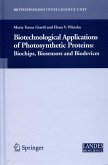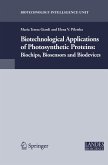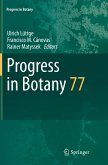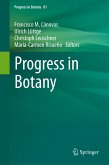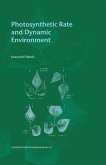Photosynthetic Adaptation: Chloroplast to Landscape thoroughly studies photosynthetic mechanisms at each structural level, from cells to leaves, crown, and canopy. The authors question whether photosynthetic adaptations take place primarily at the metabolic and biochemical level or through changes in structure and form, or both. In the interest of genetic engineering and agricultural applications, the authors analyze the relative importance of genes that control both metabolic and light reactions as well as the structure, arrangement, and orientation of photosynthesis.
From the reviews: "The volume takes a detailed look at the idiosyncrasies of photosynthesis at every possible level ... . There is something for almost everyone: for the classical physiologist as well as for the biophysicist studying photobiology, the biochemist studying individual proteins of the photosynthetic apparatus, and for the ecophysiologist ... . All chapters are individually and fully referenced. ... the book is excellently produced: paper, printing, and binding are first rate ... . For institutional libraries of institutes of botany/plant science/plant physiology/forestry/agriculture, it is a must-have." (Thomas Lazar, Journal of Plant Physiology, Issue 163, 2006)


